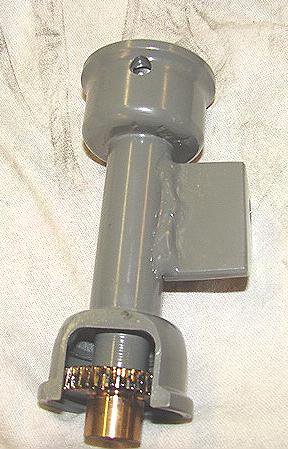- Joined
- Sep 29, 2017
- Messages
- 2,250
Hi guys.
I have posted about a thread dial indicator I want to make for my Mashstroy 1.5m lathe,but I don't want to post this part there.
I can't really afford module involute gear cutters so I need to make a single tooth cutter to do the job. I know there is a chart for making button cutters that show the size of the cutter and depth of cut. Can someone help me or point me in the right direction or give some advise on rhis. Just keep in mind that this is for making a module cutter but a DP chart or info is also welcome.
I have not figured out wich module cutter I need,but I will try to get to that tonight. Any advice would be appreciated.
Thank you
Michael.
I have posted about a thread dial indicator I want to make for my Mashstroy 1.5m lathe,but I don't want to post this part there.
I can't really afford module involute gear cutters so I need to make a single tooth cutter to do the job. I know there is a chart for making button cutters that show the size of the cutter and depth of cut. Can someone help me or point me in the right direction or give some advise on rhis. Just keep in mind that this is for making a module cutter but a DP chart or info is also welcome.
I have not figured out wich module cutter I need,but I will try to get to that tonight. Any advice would be appreciated.
Thank you
Michael.


